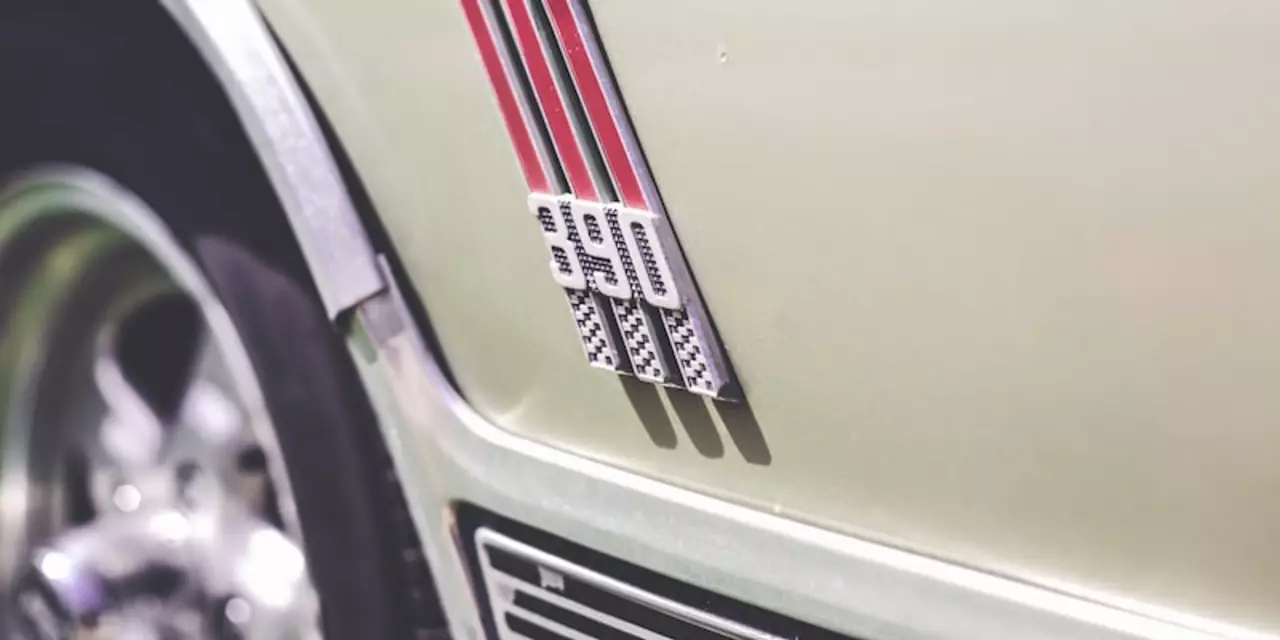What does a car radiator do?
- Thomas O'Reilly
- Mar 3, 2023
- 0 Comments
The radiator in a car performs an essential role in maintaining the engine's temperature at a safe level. It is a heat exchanger that dissipates heat from the hot coolant that flows through it. The heat is transferred to the air flowing through the radiator fins. This helps to keep the engine from overheating.
The engine coolant flows from the engine through the upper radiator hose into the radiator. The coolant is then forced through the radiator core which has many small tubes. As the coolant passes through these tubes, heat is removed from the coolant and transferred to the fins of the radiator. The coolant then exits the radiator and flows back to the engine through the lower radiator hose.
A fan located behind the radiator or an electric fan is used to pull air through the radiator fins. This helps to keep the engine at its optimal operating temperature. The fan is usually controlled by the vehicle's cooling system thermostat. When the engine temperature rises, the thermostat signals the fan to turn on and draw air through the radiator.
The radiator is also responsible for controlling the pressure in the cooling system. As the coolant passes through the radiator, the pressure of the coolant is reduced. This helps to prevent the engine from boiling and causing serious damage.
Without a functioning radiator, the engine in your car would quickly overheat. The radiator keeps your engine running cool and prevents serious damage to your vehicle. It is important to keep your radiator in good condition and regularly check your vehicle's cooling system to make sure it is operating correctly.
The car radiator is an important component of a vehicle, as it helps to keep the engine running at the right temperature. It is made up of several components, including the radiator core, the radiator fan, the hoses, the thermostat, and the radiator cap. Each of these components plays a role in ensuring that the engine is running smoothly and efficiently.
The radiator core is the main component of the radiator. It is a metal tube that is filled with a liquid, usually water or coolant. The liquid is heated by the engine, and then the radiator core transfers the heat from the liquid to the air outside the car. This helps to keep the engine from overheating.
The radiator fan is a blower that helps to draw air through the radiator core. This helps to cool the liquid inside the core and prevents it from becoming too hot. The fan is usually driven by a belt connected to the engine.
The hoses are connected to the radiator core, and they help to move the liquid from the core to the engine, and from the engine to the core. This helps to keep the engine at the right temperature.
The thermostat is a valve that is connected to the hoses. It regulates the temperature of the liquid in the radiator core by opening and closing as needed. This helps to ensure that the engine is always running at the right temperature.
Finally, the radiator cap is a pressure relief valve that helps to regulate the pressure in the radiator. This helps to ensure that the core does not become over-pressurized and cause damage to the engine.
All of these components work together to ensure that the engine is running at the right temperature. Without a functioning radiator, the engine would quickly overheat and cause damage to the car. By understanding the different components of a car radiator and how they work together, you can ensure that your vehicle is running properly and efficiently.

Write a comment